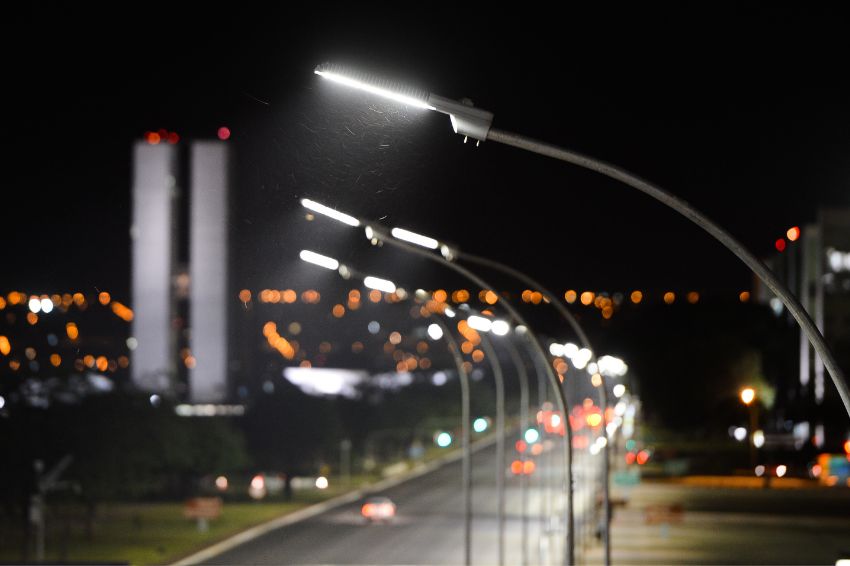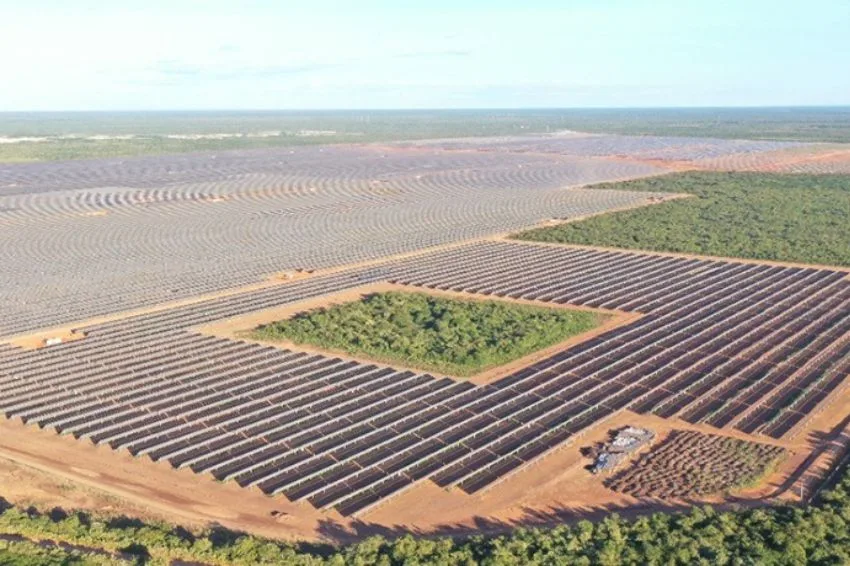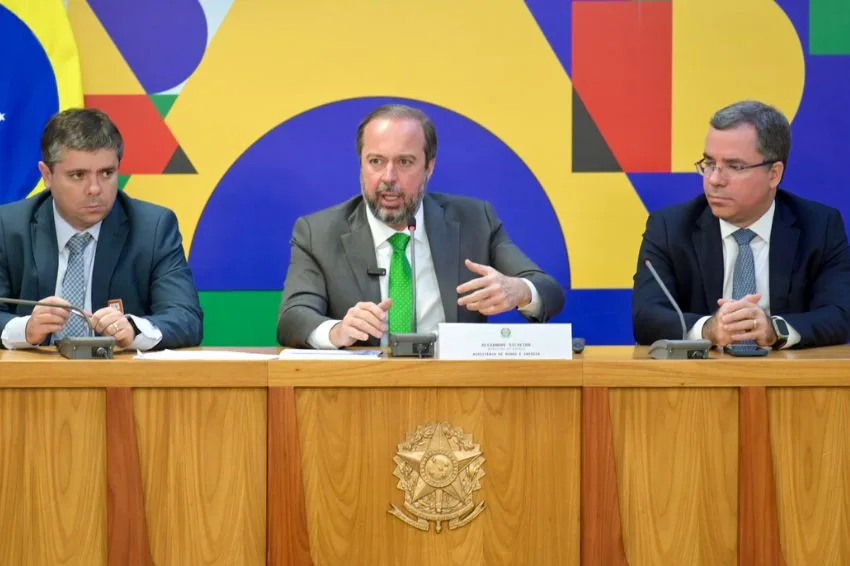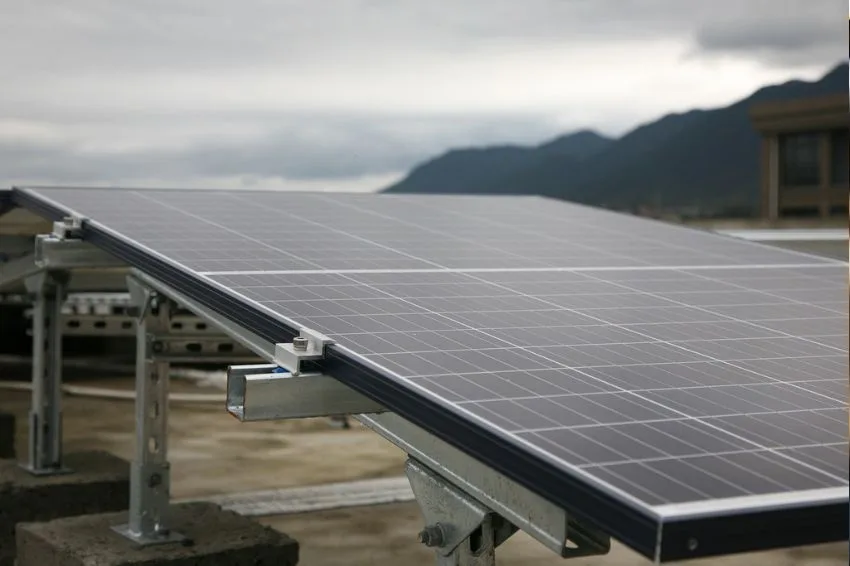National electricity consumption grew by 3.3% in March compared to the same month in 2022, reaching 45,713 GWh. According to EPE (Energy Research Company), the industrial class drove the increase, a result that reflected in the good performance of the free market.
In the 12-month period, national consumption registered 511,294 GWh, an increase of 1.6% compared to the immediately previous period. In March, the North region recorded consumption of 3,327 GWh, growth of 10.8%, followed by the Northeast (7,856 GWh; + 5.1%), Southeast (22,241; +2.4%) and South (8,958; + 1.9%) .
Industry
With 15,970 GWh, the industrial class expanded its electricity consumption by 5.8% in March, the highest rate of expansion since September 2021. Although the industry increased consumption, 19 of the 37 monitored sectors showed a decline, five of them among the ten most electro-intensive in the industry. Metallurgy (+584 GWh; +16.6%) led the expansion in consumption, driven by the primary aluminum chain in Maranhão, mainly, and in Pará.
The extraction of metallic minerals also stood out (+127 GWh; +12.5%), with Minas Gerais accounting for almost half of all expansion, while Pará for just over a quarter; and the manufacture of food products (+67 GWh; +3.2%), which received a contribution from the increase in exports of fresh, chilled or frozen poultry meat, sugars and molasses and soybean meal and other animal feed.
On the other hand, the biggest declines in electricity consumption were in chemical products (-37 GWh; -2.3%), non-metallic mineral products (-27 GWh; -2.3%), and textile products (-23 GWh; -4.2%).
Residential
Residential electricity consumption was 14,314 GWh in March, an increase of 2.8% compared to the same month in 2022. According to EPE, some factors may have contributed to the increase in consumption in the class: drier weather in some locations in the country, a loss reduction program for some distributors, improvement in the quality of distributor operations (reduction in DEC and FEC) and lower electricity tariffs – as last year, in the same month, the tariff was water scarcity with additional charge.
Commercial
In March 2023, commercial class electricity consumption increased by 2.2%, reaching 8,592 GWh. It was the highest consumption value in the class ever recorded by EPE. The good performance of the services sector and, to a lesser extent, the retail sales sector drove the growth of consumption in the class.
Regarding the contracting environment, the free market showed growth of 8.9% in monthly consumption, while captive consumption by electricity distributors remained stable (-0.1%). The data are from the April Monthly Review, published by EPE. For more information, click here.















